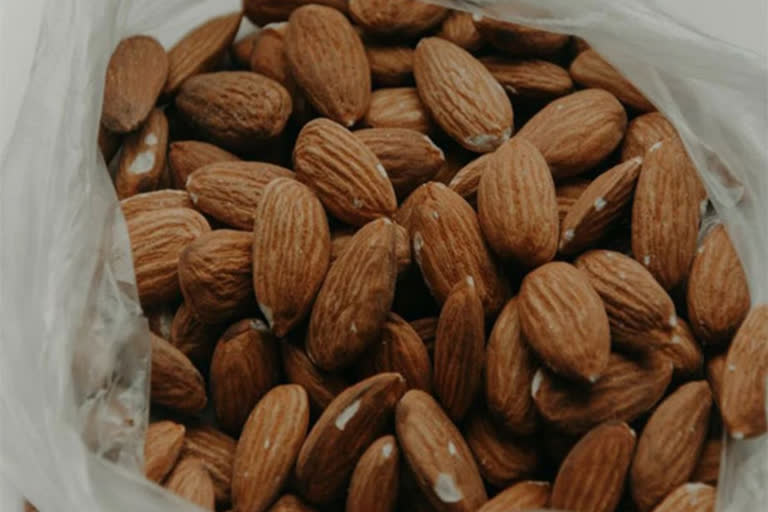Los Angeles [US]: Eating almonds every day may be the ideal new year's resolution for those who exercise on a regular basis. According to a study published in the journal Frontiers in Nutrition', participants of both sexes who ate 57g almonds every day for one month had a greater amount of the beneficial fat 12,13-dihydroxy-9Z-octadecenoic acid (12,13-DiHOME) in their blood immediately after a session of intense exercise compared to control participants. This molecule, a so-called oxylipin (oxidized fat) is synthetized from linoleic acid by brown fat tissue, and has a beneficial effect on metabolic health and energy regulation.
Corresponding author Dr David C Nieman, a professor and director of the Appalachian State University Human Performance Laboratory at the North Carolina Research Campus, said: "Here we show that volunteers who consumed 57g of almonds daily for one month before a single 'weekend warrior' exercise bout had more beneficial 12,13-DiHOME in their blood immediately after exercising than control volunteers. They also reported feeling less fatigue and tension, better leg-back strength, and decreased muscle damage after exercise than control volunteers."
The clinical trial involved 38 men and 26 women between the ages of 30 and 65, who didn't engage in regular weight training. Approximately half were randomized to the almond diet group, and the other half to the control group, who daily ate a calorie-matched cereal bar. The researchers took blood and urine samples before and after the four-week period of dietary supplementation.
The performance measures included a 30 second Wingate anaerobic test, a 50 meter shuttle run test, and vertical jump, bench press, and leg-back strength exercises. Additional blood and urine samples were taken immediately after this 90 minute session of 'eccentric exercise' and daily for four days afterwards. After each blood draw, the participants filled out the 'Profile of Mood States' (POMS) questionnaire to quantify their mental state, and rated their delayed onset muscle soreness - that is, pain and stiffness felt after unaccustomed or strenuous exercise - on a 10-interval scale.
